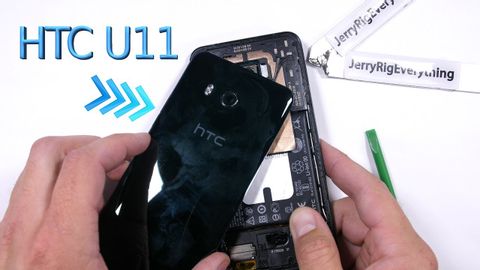HTC U 11 - ティアダウン - 圧力センサーの正体が明らかに! (HTC U 11 - Teardown - Pressure Sensor Reveal!)
林宜悉 が 2021 年 01 月 14 日 に投稿  この条件に一致する単語はありません
この条件に一致する単語はありません- v.t./i.突き刺す : 刺し込む;貼る : くっつける;とどまる;突き出す;我慢する
- n. (c.)棒
US /ˈtrɪɡɚ/
・
UK /'trɪɡə(r)/
- n.引き金;事を開始する装置;きっかけ;トラウマの引き金;トリガー (電子工学);トリガー (コンピュータ);トリガー (釣り)
- v.t.引き起こす;引き起こす;反射を引き起こす
US /dɪˈskrɪpʃən/
・
UK /dɪˈskrɪpʃn/
- n. (c./u.)絞り汁;絞ること;窮屈;強く圧力をかけること
- v.t.脅迫する、圧力をかける;搾る;押して圧力をかける;絞る
- v.t./i.人が詰め込む
エネルギーを使用
すべての単語を解除
発音・解説・フィルター機能を解除

